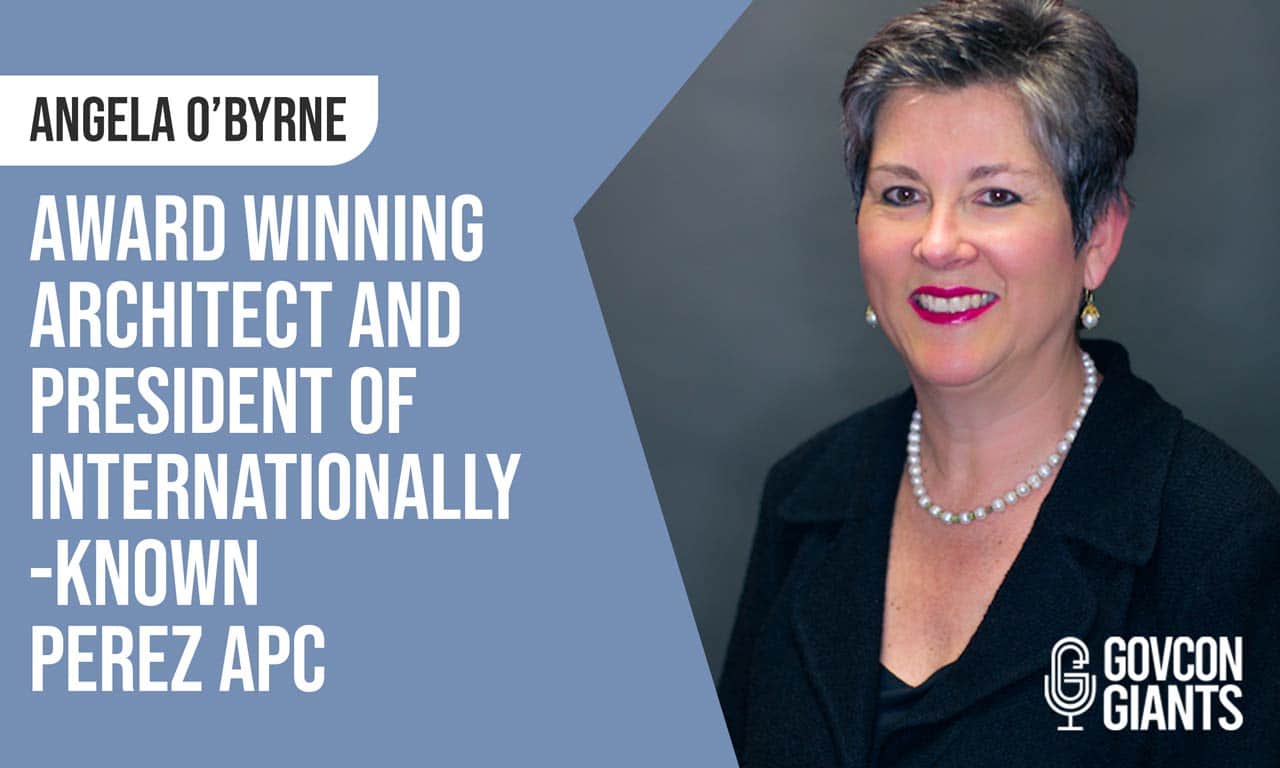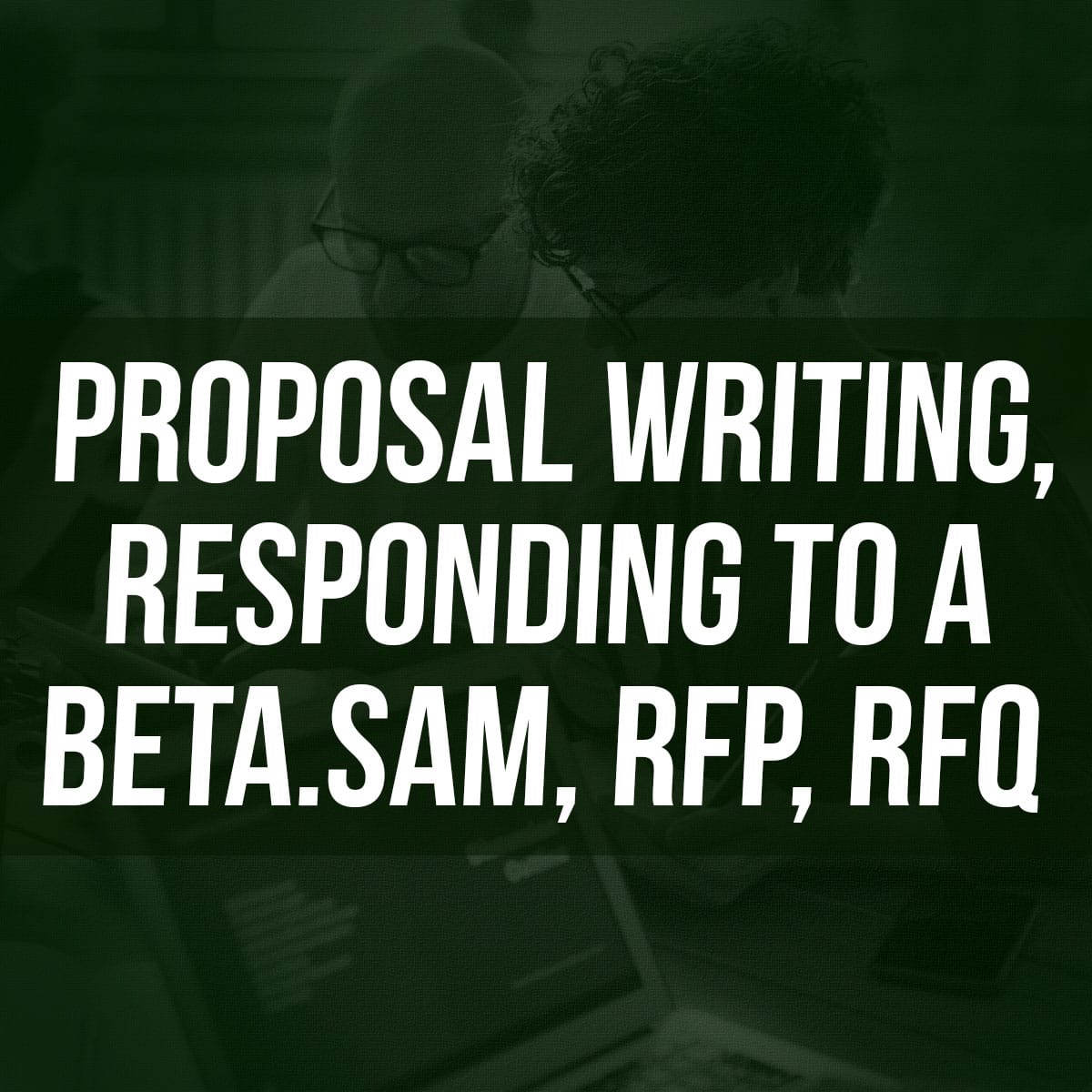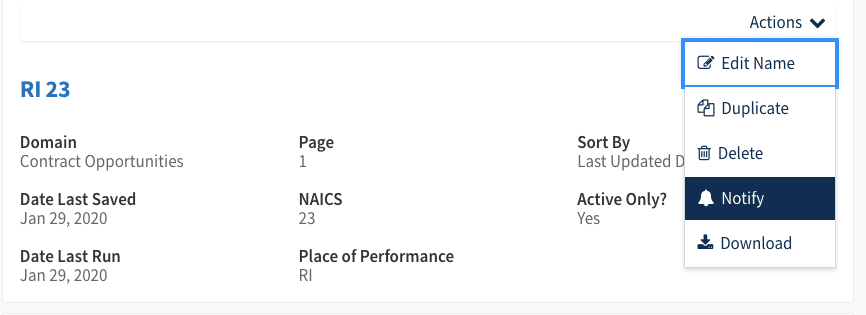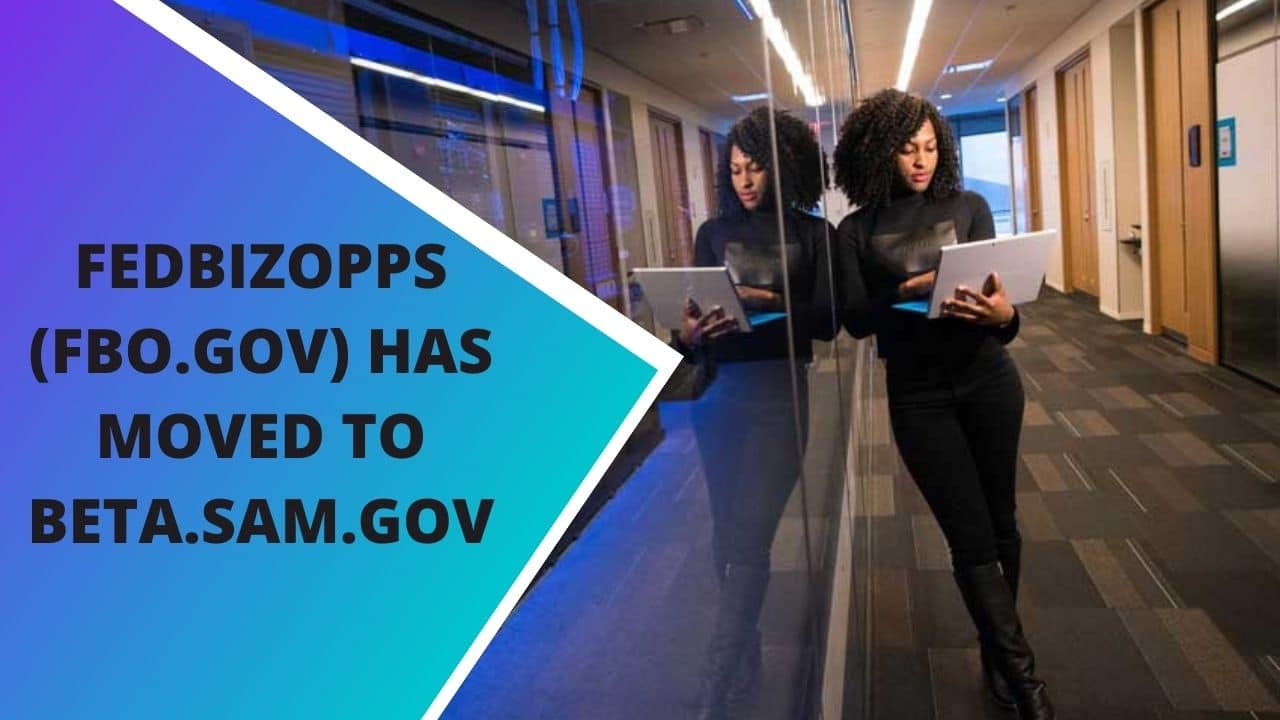We get it! You are a small business just getting started in the federal market. And you just put up with your first gigantic proposal that is quite overwhelming especially if you’ve never seen a federal Request for Proposals (RFP) or Request for Quotes (RFQ) before.
However, you don’t have to worry as in this article. We’ll take a look at the solicitation structure and on how we can make it easier for you to navigate and determine whether or not you should proceed with pursuing the RFP/RFQ.
THE SOLICITATION STRUCTURE
Today, we’ll be breaking down the solicitation structure into four parts. However, please be advised that although this applies to the majority of solicitation, it’s not a one-size-fits-all solution.
But with the majority of RFPs out there, especially if you go on Fedbizopps or any other bids sites that you are looking for actual solicitation. This will be an informative and helpful guide to know where to look and what each element means.
With that said, let’s start off with part one of the actual solicitation schedule. Again, the solicitation is broken into four parts.
The first part is called the Schedule. This where you’re going to have several sections that correspond to a specific element. These sections are:
- Section A is the actual solicitation.
- Section B talks about the price and Fee Schedule.
- Section C is the scope of work.
- Section D packaging and marketing.
- Section E is about inspection acceptance.
- Section F is for deliverables or performance.
- Section G is for your contract administration data,
- Section H special contract requirements.
- Section I is for Contract Clauses
- Section J is for List of Attachments
- Section K is Representations, Certifications
- Section L is Instructions, Conditions, and Notices to Offerors
- Section M is Evaluation Factors for Award
Don’t worry, we’re going to touch base on every single one of these sections later on. However, let’s continue with the other parts.
Part two in the solicitation is going to cover your Actual Contract Clauses. Part three is your list of documents, attachments, exhibits. And part four is about representations and certifications.
Section A – Actual Solicitation and Contract Form
So let’s talk about part one section A, the actual solicitation and contract form. This is the very first page that you’re going to see when you pull down one of these monstrous or lengthy Requests for Proposals/RFPs.
When you look at the first page it may include the actual solicitation. It’s gonna have on it the details on whoever placed the offer up. This will include the agency’s name, their address, and contact information.
If you are the one who submitted the RFP, you will find there the standard boxes that are going to ask for your information and you’re gonna have to fill those out.
It will also include the signature page where you sign the delivery location, the proposal due date, and other requirements.
Section B – Price and Fee Schedule
Section B is typically found right after the first page. Depending on how long Section A is, what immediately follows should be the prices and fee schedule.
Most of us are familiar with Section B because we go straight away to this part as we’d want to know what the government’s price cap is. What they’d do on the government’s or on the federal side, they’d refer to these prices as CLIN or Contract Line Item Numbers.
A CLIN is a line that simply means that the lists of the services and products to be delivered must not exceed a particular price.
Also, Section B is where you’re going to find a brief description of the actual supplies and the services along with that clin number.
And others usually tell you about the quantity in terms of units and then the price per unit they’d want. And when you add it together, it’ll give you a total and then you sum that total for a number of CLIN.
Section C – Scope of Work
Here in Section C, this where the RFP will have the scope of work description, specs, things like that. It usually fits a small section that doesn’t require an attachment. But if it’s a larger spec section let’s say 30, 40, 50, pages long.
They may take it and create a separate document and it is just referenced that they read for attachment.
To clarify, this Section C is where you’re gonna find exactly what it is that the government wants you to do. And what is it that they’re looking for.
We want to point out that Section C can be confusing. Because when you’re looking through this section, the samples you’ll find on the internet will differ from the actual words on the a proper RFP.Be mindful that sometimes it’s not going to just pop out like it’s not bold or all uppercase letters or underline the actual section header is a smaller font and it’s less. And it might be a lot of you guys out there you may find when you’re scrolling through all this stuff you don’t notice where the sections start and end.
The sections will just kind of intertwine with previous sections and if you’re not careful you won’t even notice where they start and stop.
Section D – Packaging and Marking
This section is typically not used but that’s what it covers are special instructions for packaging and markings. There’s nothing much to discuss on this part.
Section E – Inspection Acceptance
Section E is a very important section because this part will talk about the quality requirements. Basically, this is where the government specifies what they are looking for in the materials in order to approve your payment.
Equate inspection acceptance to money. If you do meet the criteria specified in this part. The products you deliver to the government will be rejected and when it does, you won’t get paid.
So you have to make sure that when you’re negotiating the prices from your suppliers or vendors. They must follow and ensure that they meet the minimum requirements so when your products have been inspected. It will be approved or accepted and so that you guys can get paid.
This is usually the part where you talk about the notice of completing task orders. You have to tell them where they’re gonna be delivered and how it’s going to be delivered and things like that.
Section F – Deliveries or Performance
This section talks about the place of performance or where it is going to be done, the period of performance or the timeframe. Also, this will also mention any liquidated damages/.
If you don’t know what liquidated damages are. It’s like when you delay the project, the government charges you with a penalty.If you delay the project with the government, this section will cover how they may charge you a thousand dollars a day, or five hundred dollars a day for the delays.
So that’s liquidated damages. It tells you the scope of what triggers stop work orders and then it also tells you that if it’s the other way around. And the government happens to delay you. The implications will also be included on how you can recoup your lost time, money, efforts.
Section G – Contract AdministrationThis part covers information on accounting data, so for example, let’s say when you get the project. Section G will cover how you will receive your payment. It can discuss whether you are gonna do invoicing. Or if you can do credit card payments.
To keep it simple, it will provide the terms and mode of payment that you can expect.
Section H – Special Contract Requirements
In this section, it will talk about safety regulations, fire protection, energy conservation and the like. You must make sure that you have fulfilled the insurance requirements and liability before you bid on this project.
Why? For those who are starting out. This section is a great way to assess your company.This is where you can look at what type of things you need to have in place if you are looking to pursue this project.
And again, this section is one way to find out whether you are ready or eligible to participate in these solicitations.
Section I – Contract Clauses
This is standard stuff but to give you an example. If you have a product that needs to be imported from another country. You have to make sure that the clause doesn’t preclude or exclude that country like a “Do not Buy Lists”.
Section J – List of Attachments
For us, this section is gonna be one of the most important part as this will include the Department of Labor wage determination or also known as the Davis-Bacon wage act.
This particular section states how we’re supposed to pay the people who work on that job site. This is very important in essence because we need to know if our subcontractors get this particular wage rate.
So when they’re doing their payroll and they’re paying their people. They must comply with the government’s minimum standards.
Section K – Representation and Certifications
To be entirely honest, we don’t know why the federal government contracting continues this particular section in their projects.
This section can be confusing at times as it can be twenty to thirty pages long. But at the very beginning when you read the instructions carefully.
It says if you are registered in Sam then there’s no reason to include your reps and certs. So again when you’re reading through a proposal when you’re getting ready to submit make sure that you clearly understand what are the requirements for this project.
Because sometimes, they’ll tell you that it’s not needed if you’re already registered and Sam. But in most instances, if you are already registered in Sam then you don’t need to include this particular section.
Section L – Instructions, Conditions and Notices to Offerors
Section L is super important. This is your instructions, condition, and notices to offerors. Basically, this is talking about how the government is going to determine the best value of your approach and submissions.
Section M – Evaluation Factors for Awards
Just to share, whenever we get one of these RFPs and are getting ready to bid. The first two sections we look at are Section L and M.
Why?
This is because we want to know if there’s an actual upcoming bid or meetings that we can go to in order to see the project. Because, we would hate to pool our resources on a project that we may have already gotten late.
Because maybe, by the time we got wind of this project. A week has already passed by. However, visiting Section L, can help you determine the pre-proposal date.
This is why we jump immediately to sections L and M because we want to know first of all when it’s the pre-bid date or pre-proposal date.
The other thing is that we want to know the criteria that the government is going to use to determine whether or not someone a company is eligible to participate. And that is the most important factor when you’re starting this thing out. Whether or not one is eligible.
DO YOU MEET THE MINIMUM REQUIREMENT?
Is your team eligible? Is your company eligible to participate? Do you meet the minimum requirements that the government’s asking for in order to be deemed acceptable to submit a bid or proposal on this?
Now, the government will not tell you whether or not you’re accepted but what they’re gonna tell you is how they rate the companies.
And so, if you’re rating isn’t high on this. Then it may be time for you to decide to make this one a “no- goal” and then spend your time doing another particular type of proposal.
But what we’d like for you to avoid is that. Others will go through the entire piece of this project first. They start getting prices and negotiate with their vendors but at the very end because this section is towards the very end. They’ll realize that they were not eligible in the first place to actually even bid the job.
So what you need to do before doing all those technicalities, is to find out immediately if you are eligible.
Because for example, the government may ask for two years of past performance of doing this task. They might ask for you to show your history, your project size experience and more.
And if it’s historical, they may want to show you work in a historical venue. Or if it’s something like filming they want to make sure you use these types of cameras, this type of equipment.
So again, you’re gonna have to demonstrate your past history. And this is helpful as form the very beginning, you can determine if you have this particular eligibility.
So do we have this on our team? If not, then All right!Do we want to bring in a subcontractor that has this requirement, yes or no?Do we want to partner with another company and form an arrangement, yes or no?
Do we have someone on our side that has this requirement?
So again and knowing this information up front is tremendously valuable for everyone. As opposed to spending a whole lot of time putting together numbers and requesting bids from our subcontractors or suppliers or vendors but one isn’t even able to meet the requirements.
And so Sections, L and M is a very highly productive use of your energy and time when deciding to pursue a bid.
CONCLUSION
To recap the key elements of the solicitation. Section C, which is your performance work statement. Section L, proposal instructions and evaluation criteria.
Also make sure you check out any other sections for requirements, a lot of times they’ll have on their supplemental documents and the actual packages on other areas.
Lastly, if you decide that you’re going to do this. Your proposal outline must follow exactly the letter of the law that they’ve stated in Section M.
When you’ve put together a proposal and they say you have to format them in A, B, C, D, E. Make sure you write A, B, C, D, E.
If they want 1, 2, 3, 4, 5, make sure you write 1, 2, 3, 4, 5.Treat them as if they’re a bunch of robots. If they don’t see in there they’re the things that they’re laid out in the exact format that they’ve explicitly stated. Then it can disqualify you or you’re going to score really low on their rankings.
But, the federal government does this because if you look at it from their standpoint. They are evaluating tens of proposals and what better way to properly understand them is when they are all uniformed and consistent.
So do not stray away from the format that they explicitly state they want because it’s going to make it harder or more difficult for them to read.
As a parting note, remember Section M and section L, these sections are your friends. When you get one of these things and you pull it down make sure you understand and comply with these two sections before you go any further.







